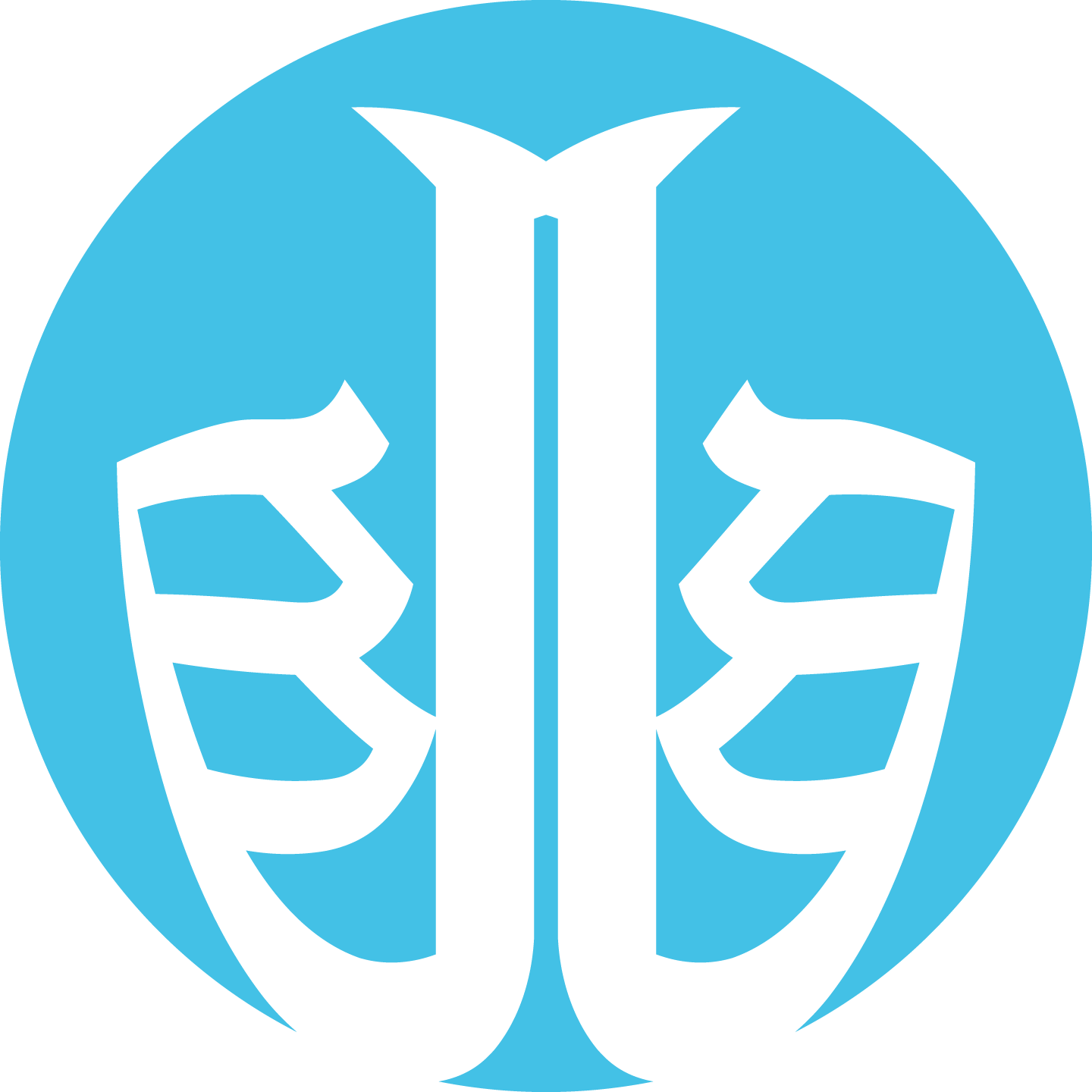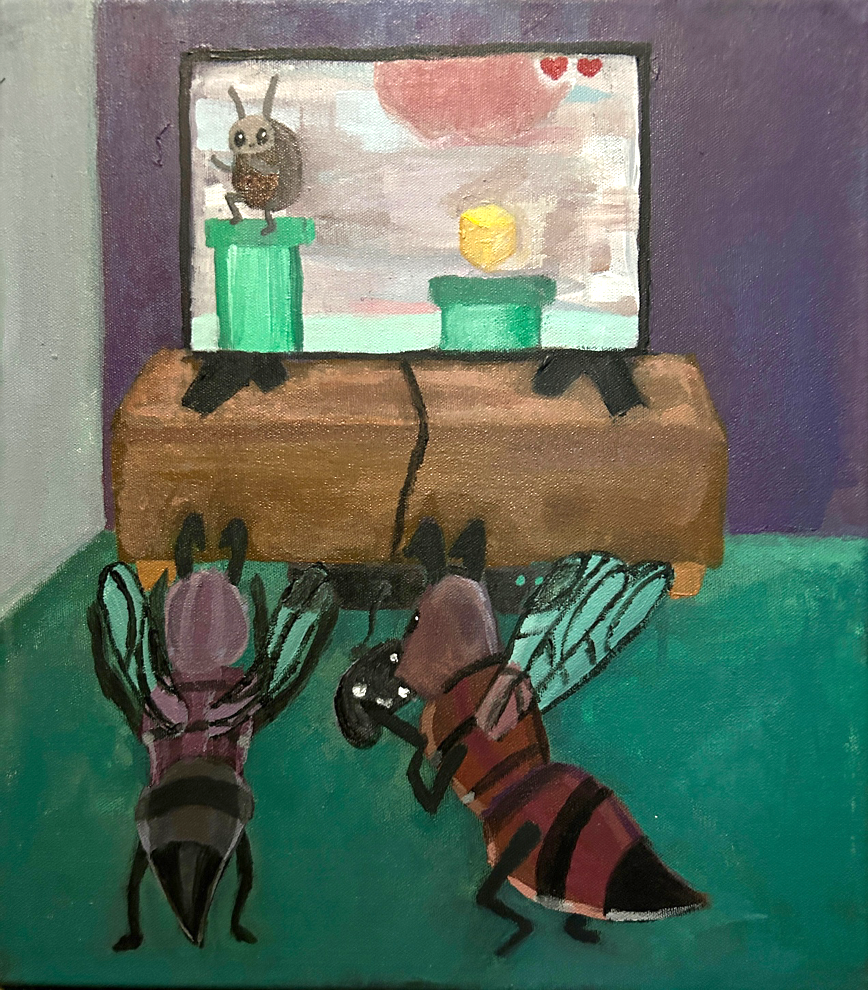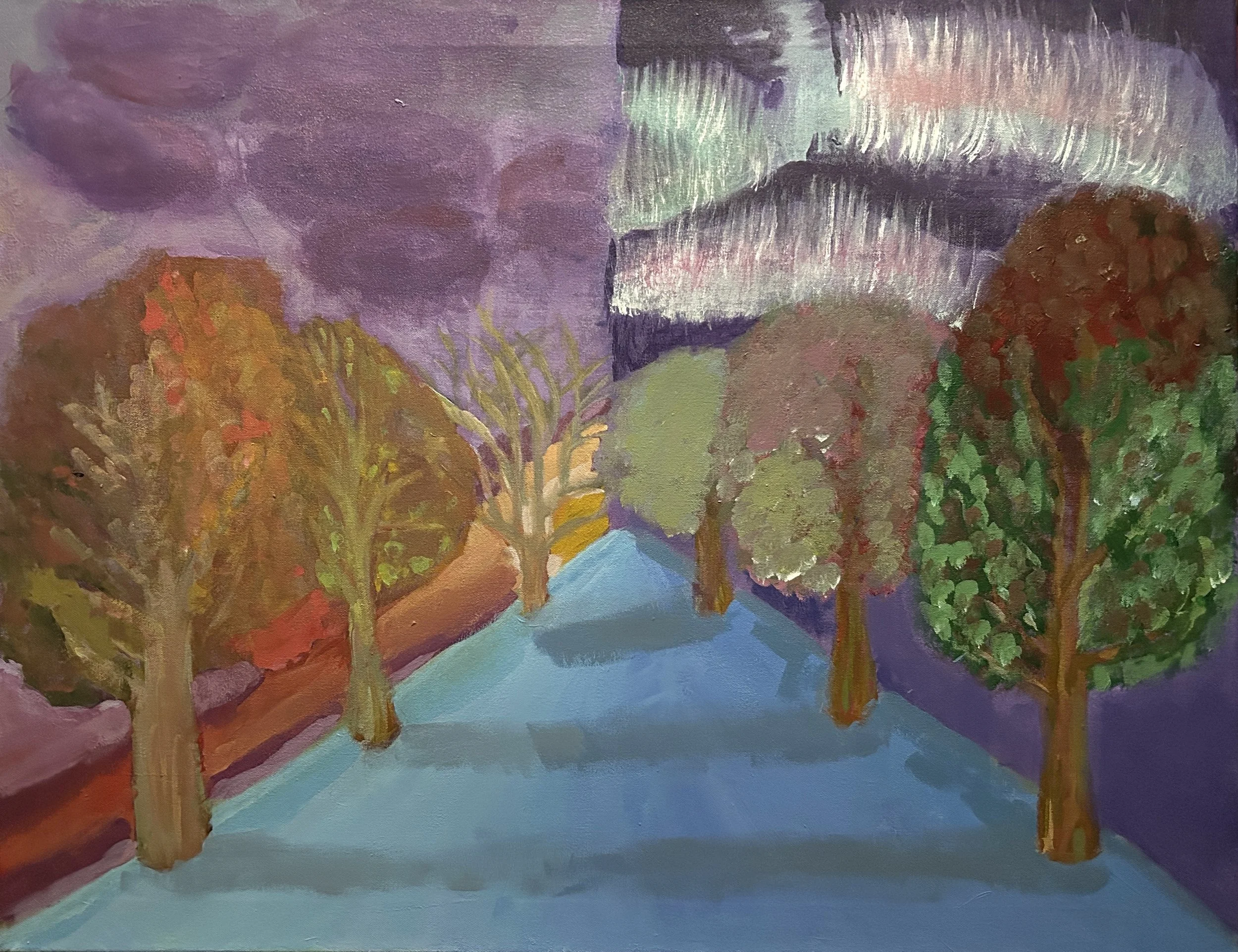
Paintings
University of Missouri-Kansas City
In Interdisciplinary Projects, this was my third project, the Historical Research Project. My acrylic painting consisted of doing research over the history of mermaids.
The bottommost mermaid is a Syrian feminine-fish deity named Atargatis from 1000 BCE. She was known as the chief goddess of Northern Syria until she accidentally killed the mortal shepherd whom she loved. She could not take the guilt and attempted to drown herself. As a punishment, she was transformed into the first mermaid to ever exist.
On the left of the painting is the manatee. Manatees and Stellar’s Sea Cow (now extinct) were known sea creatures to, supposedly, transform into mermaids.
The sea creature/monster on the right is the Fiji mermaid, which was believed to be half ape and half fish. However, when this mummified version was tested, it was pronounced as a fraud.
Lastly, the mermaid in the center with long, blonde hair is a mermaid believed to have been seen in Edam, Holland in 1403. This mermaid was caught wearing women’s apparel.
In Interdisciplinary Projects, this was my first project, Wading into the Research Waters. I listened to a podcast regarding different types of parasites.
The podcast discussed how parasitic wasps took control of their prey. These parasitic wasps sting their prey, which is cockroaches. Once they paralyze the cockroach, they control it as it becomes their zombie. They ride it as if it were a horse and control it using the cockroaches antennae. The parasitic wasps lead the cockroach into their den where they eat it alive. However, rather than something graphic, I decided to transform this into something more playful.
The two parasitic wasps are "gamers," comfortably perched in their home, casually controlling a cockroach through a video game console. The cockroach on the screen stands on a pipe in a platform game under their direction. The two hearts and the cube in the game reference popular video games, but with an insectoid twist. This flips the horror of biological parasitism into a scene of playful control.

Johnson County Community College
In Painting I, I was required to develop a painting conveying some form of a psychological landscape.
The painting represents a journey through the psyche. A serene blue path cuts through contrasting emotional landscapes—fading, warm-toned trees on the left evoke memories, nostalgia, and past warmth that has begun to vanish, while fuller, cooler-toned trees on the right suggest the complexity and weight of the present.
The sky, layered with swirling clouds and streaks of light, feels like a shifting emotional landscape—turbulent yet beautiful, echoing moments of both clarity and confusion. Together, these elements reflect how life moves through light and shadow, fullness and emptiness, always offering glimpses of beauty along the way.
In Painting I, I was required to experiment with paint and the material that the painting would be created from, such as the fabric, and the leaves. The medium for this piece is acrylic as well as acrylic mixed with crushed leaves and leaves that have been painted on all on blue fabric.
I gathered over 100 leaves and picked the best or most interesting out of them, and to crush the leaves into powder, I put them in a blender. I poured the powdered leaves into a bag filled with paint. Then, the leaves that were left alone were painted on and pasted onto the fabric with medium gel.
This painting evokes a sense of surrender and transformation, with the faceless figure dissolving into a swirling, textured world of painted and real leaves. The absence of a face suggests a release from identity, allowing the self to merge freely with nature and emotion. It captures a moment of openness—where memories, feelings, and the natural world flow through the figure like wind, blurring the lines between person and environment.
In Painting I, one of the first projects that I had in color was this still life. This still life used the concept of broken color where the color applied to the painting is not blended.
This painting was created using only acrylic paint and a limited amount of color options. The class was set up so that the still life is in the center of the classroom while the students surround it. The angle of the still life consisted of the teddy bear, the rubber duck, a glass, dark red vase, and a large jug. It contains a small fraction of the orange and the container of gum.
In Painting I, I was required to create this still life which contained spheres, cubes, pyramids, a large femur, and a skull. Rather than creating a traditional painting, the professor told the class to rip up pieces of canvas. Then, we had to paint these pieces of canvas in a grayscale, a mixture of white, ranges of gray, and black.
These pieces of paper were then used to create the form of these different shapes, such as the spheres, skull, cubes, etc. We had to use some pieces of paper as the highlights of the objects as well as the shadows and use medium gel to paste them onto another piece of canvas. It was a long process, but I am satisfied with the result.






